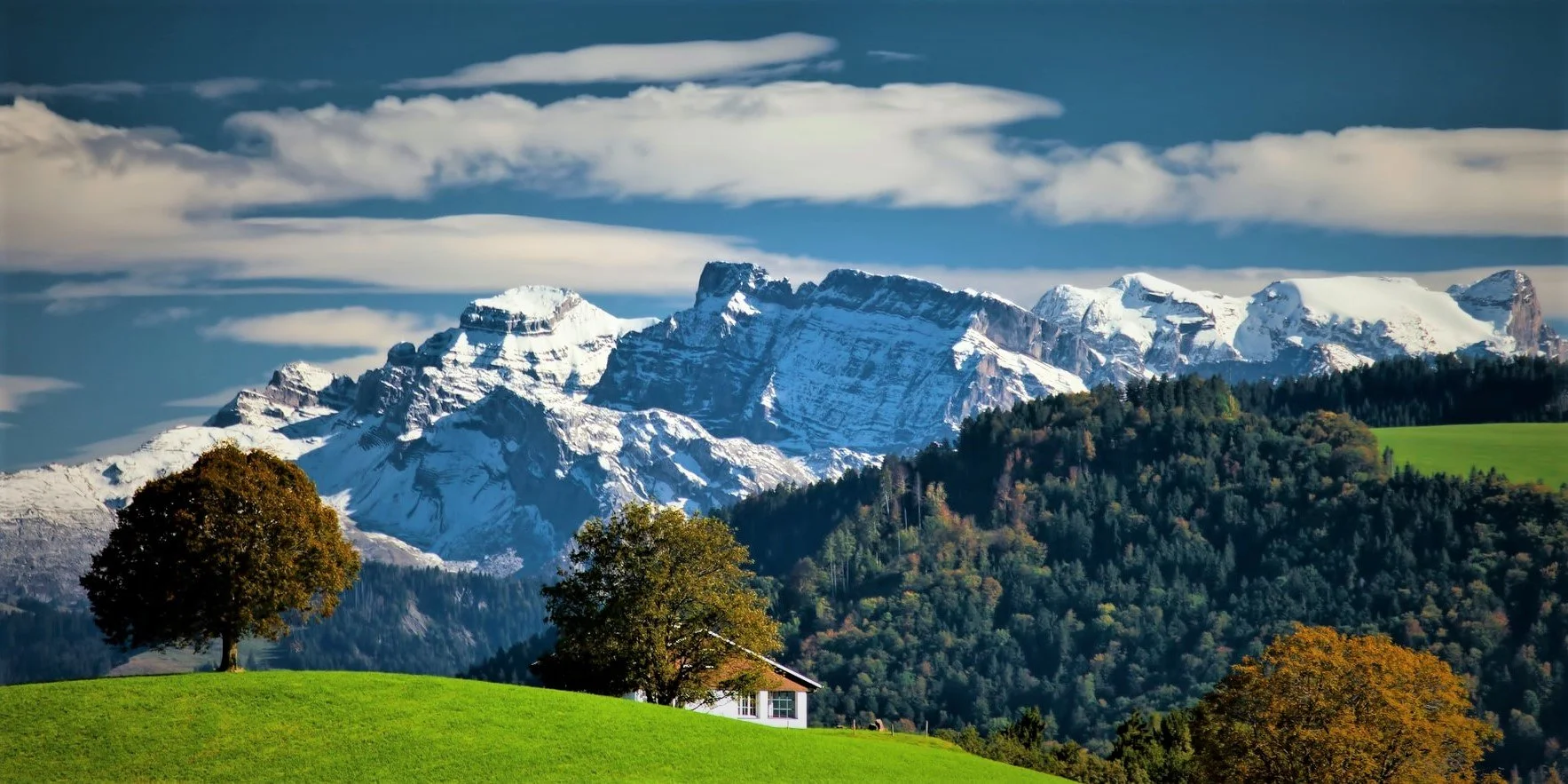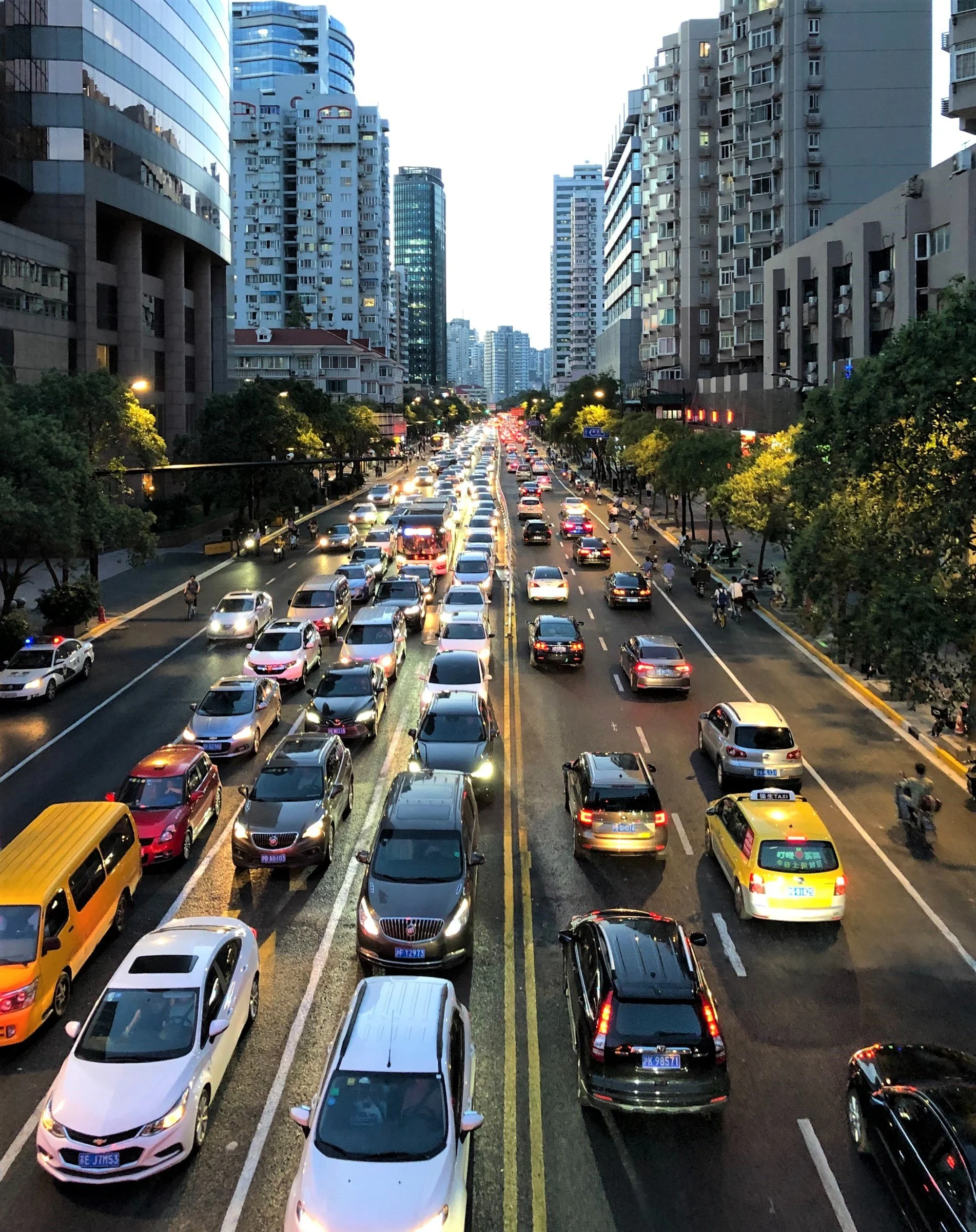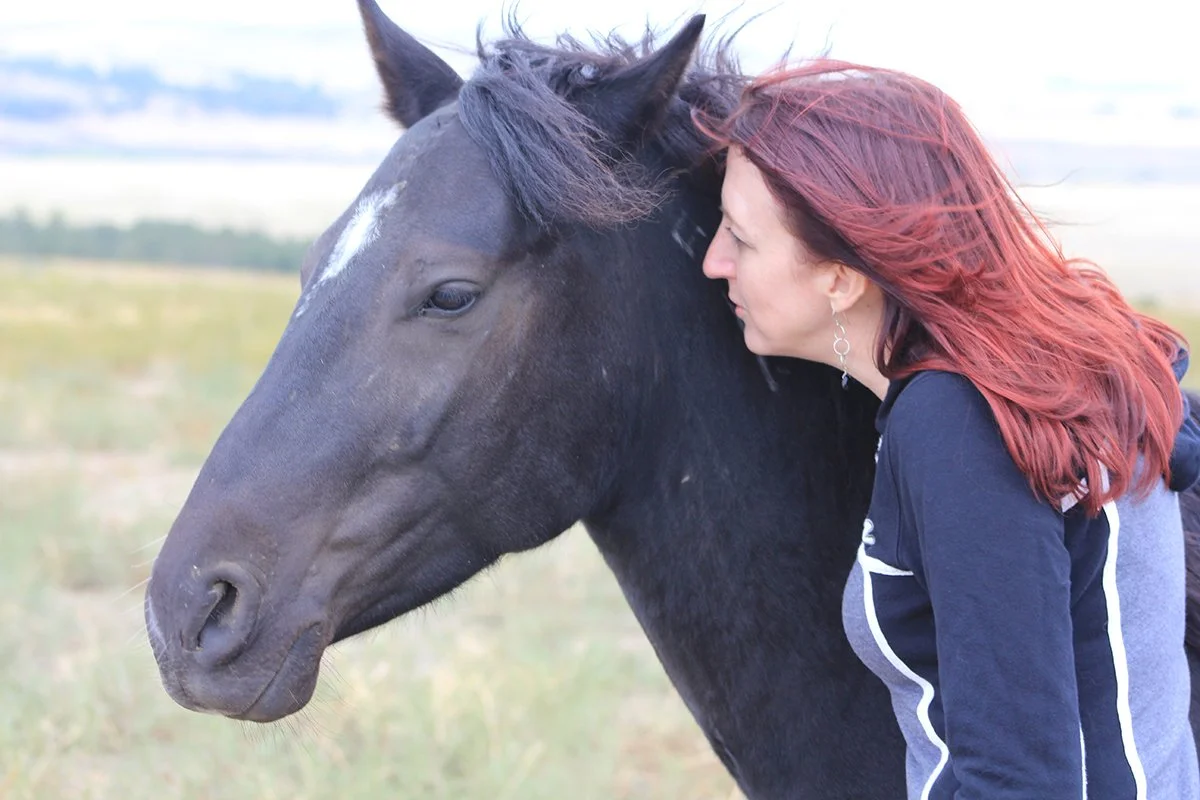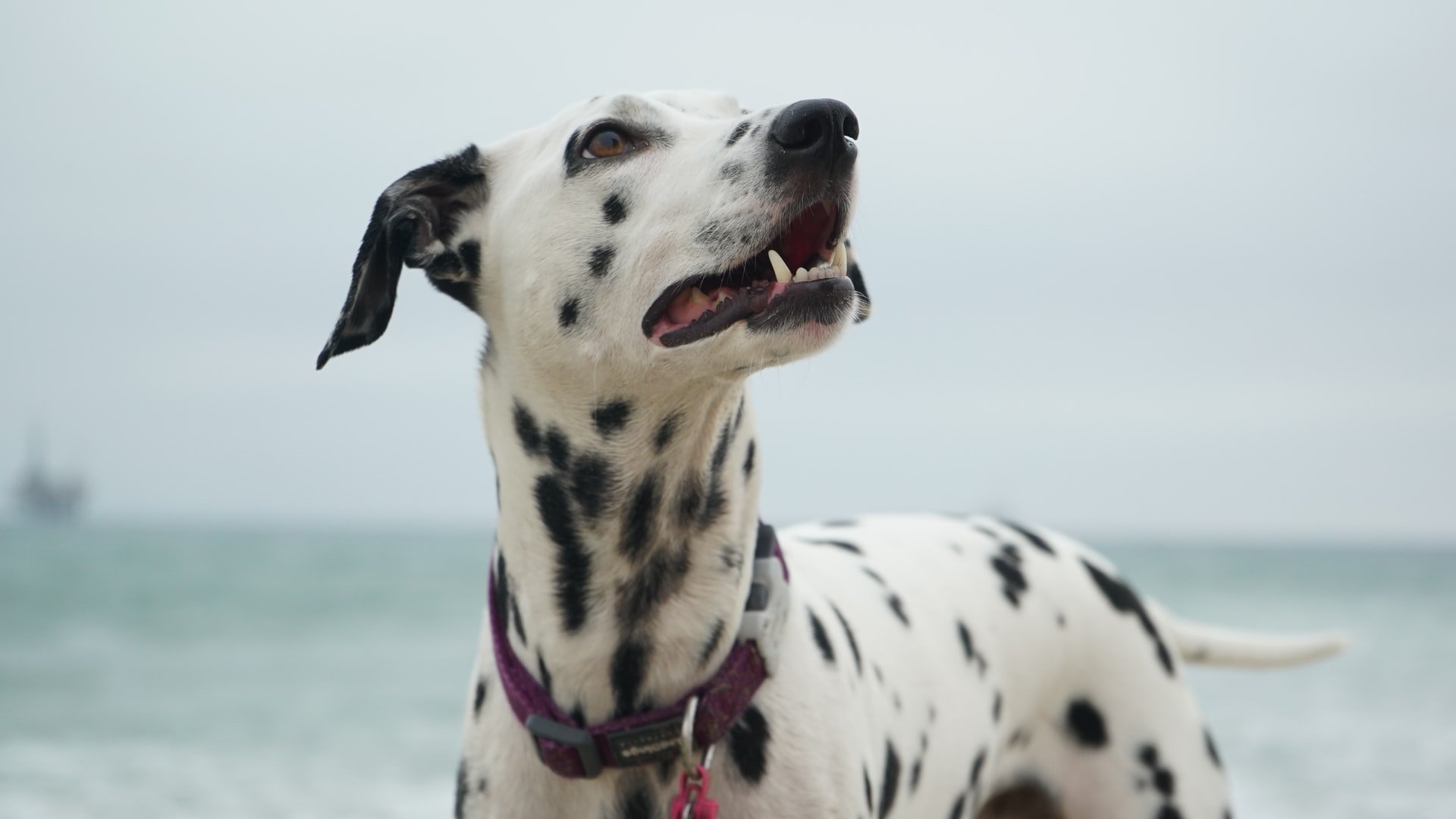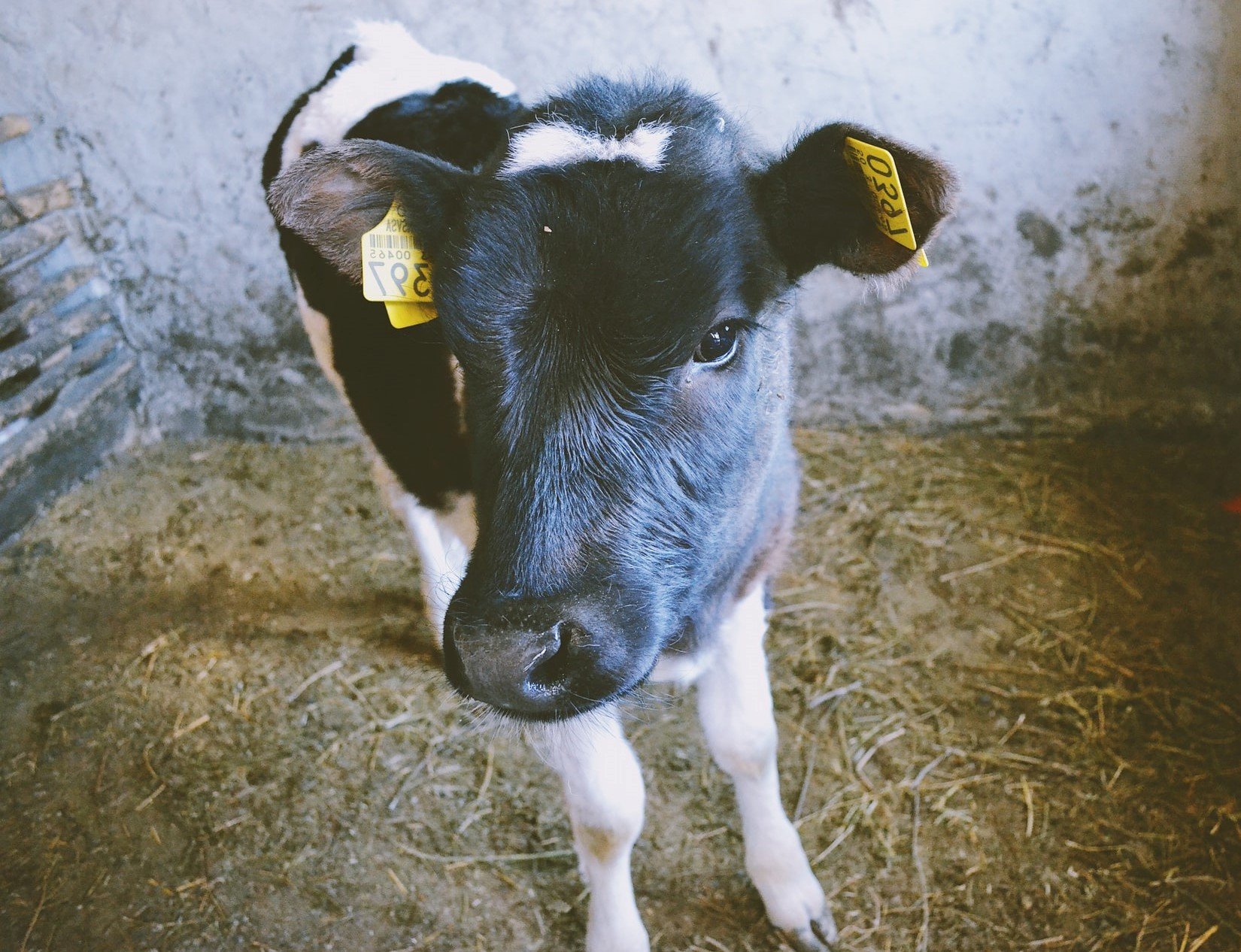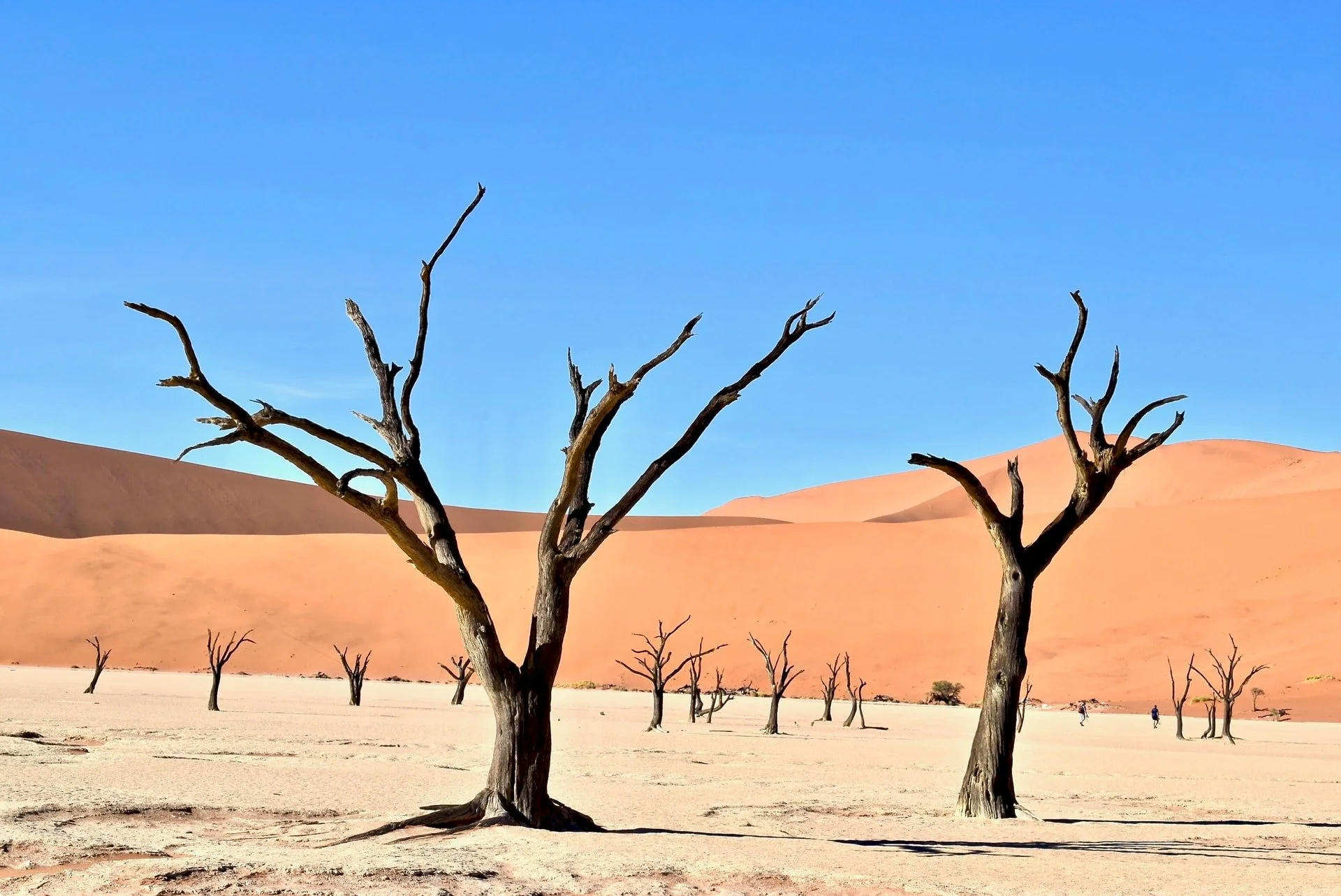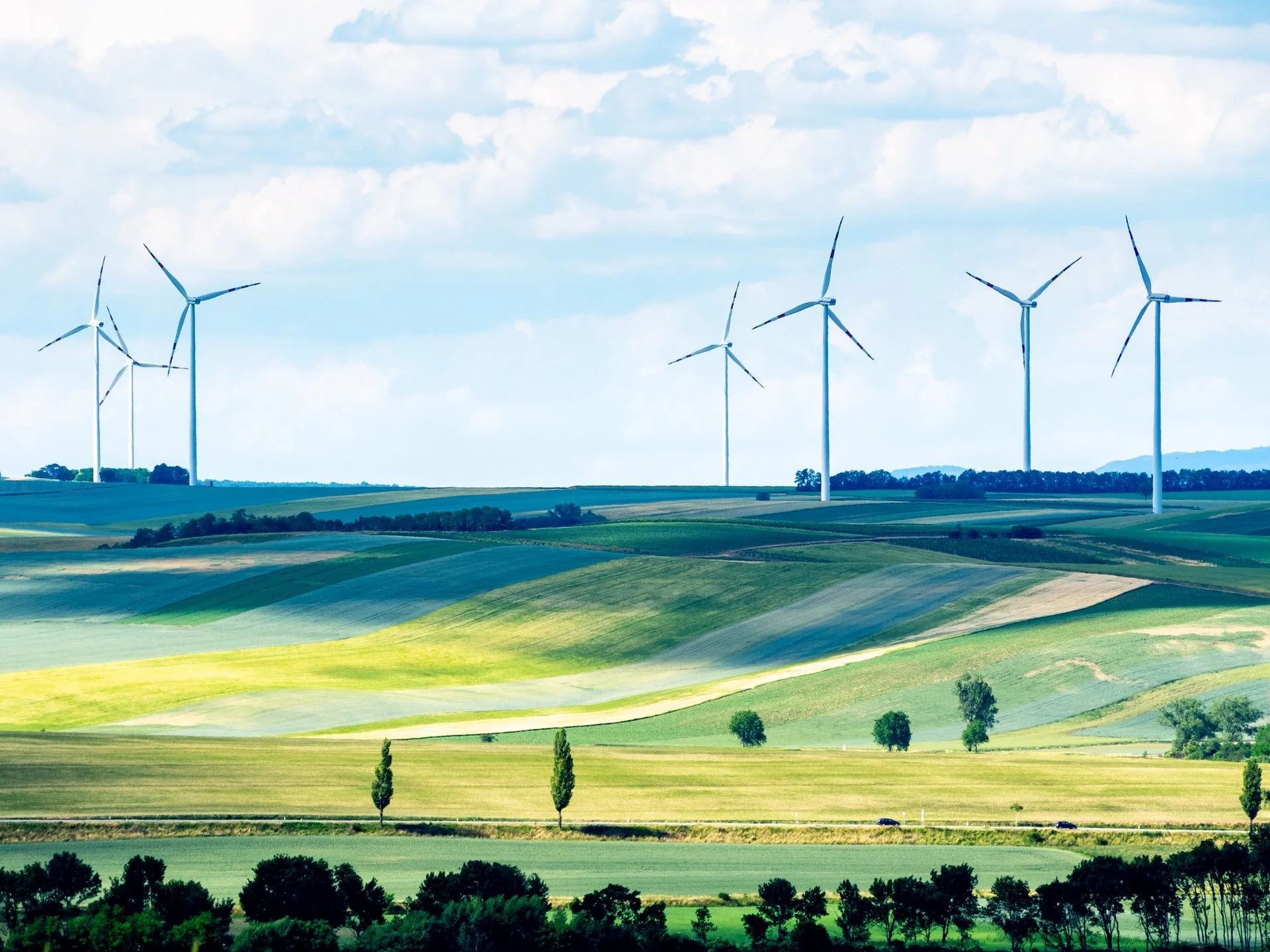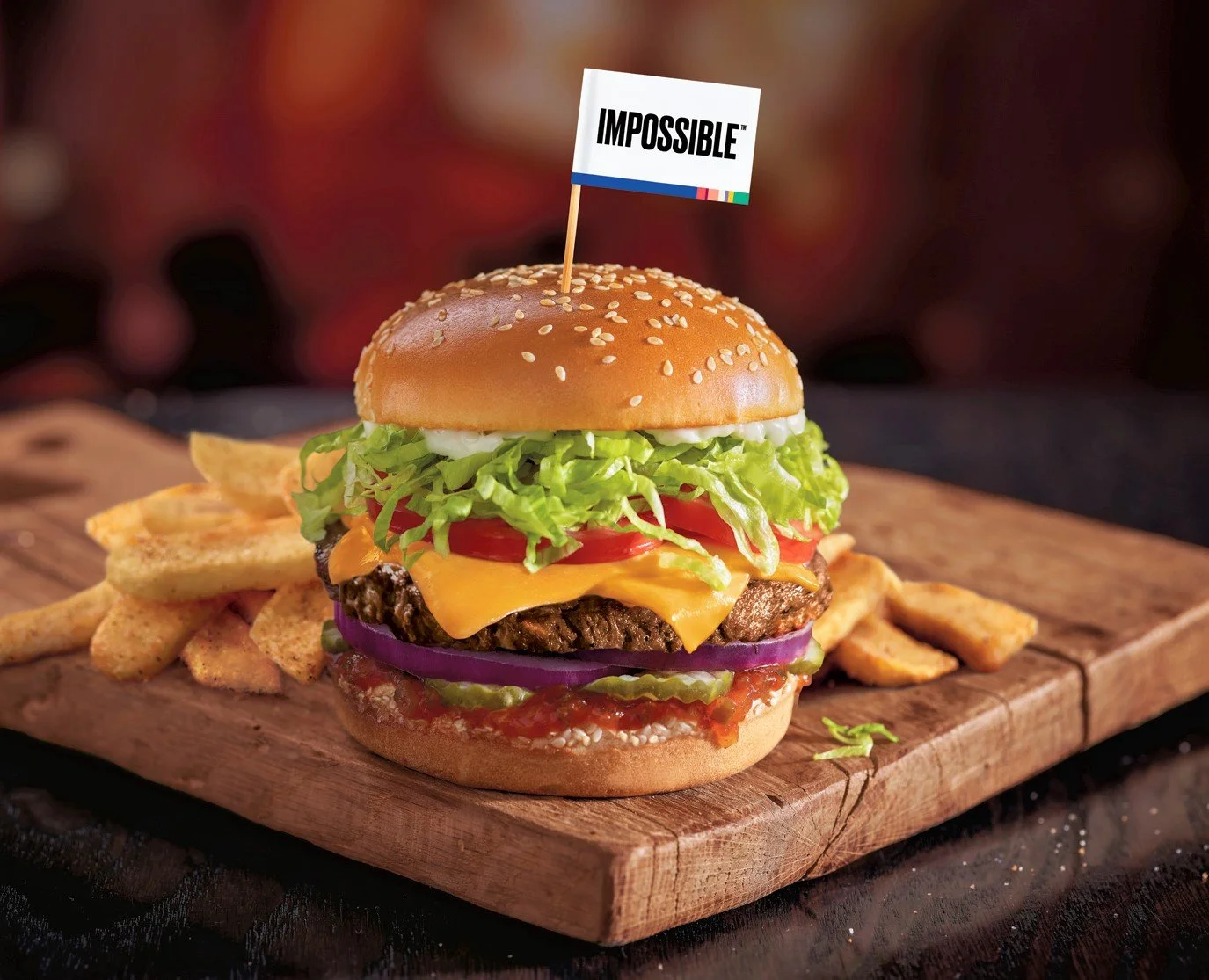Animals
Making Flying Safer for Birds
Window strikes kill up to one billion birds a year in the US, and another 25 million in Canada. Not only is glass invisible but it reflects foliage and sky, and artificial lighting in buildings just adds to the confusion. However, New York just made it safer for the millions of birds that fly through or near the city during migration. As of April, city-owned and occupied buildings must turn off nonessential outdoor lighting between 11:00 pm and 6:00 am until May 31, and from August 15 to November 1 — peak fall and spring migration periods. Also, city-owned properties must have occupancy sensors to ensure interior lights are off when rooms aren’t occupied. While this is welcome news, unfortunately, the majority of birds are killed by collisions with windows of private residences. See tips below for making our windows safer for birds.
Food
Preserving Seeds of Hope
An under-appreciated threat to the global food system is our increased dependency on only nine varieties of crops such as corn, wheat or bananas that give us 75% of calories globally. Modern production systems have discarded the genetic diversity of food crops making the remainder vulnerable to disease, drought and crop failure. For example, a fungus is now threatening the global banana crop that depends on just one variety, the Cavendish. But scientists are developing heat or drought resistant strains of key crops and preserving the seeds of heirloom varieties in frozen storage. And there is new appreciation for the ancient knowledge of indigenous peoples who grow diverse food crops in adverse climates. A new series in The Guardian explores innovative solutions designed to protect our future food supply.
the Climate Crisis
We Just Got Our Final Warning
After a flurry of UN IPCC reports, the third and last installment of the landmark Sixth Assessment Report came out in April — presented as our final warning if we are to limit global warming to 1.5C. It laid out the necessary, and already available, tools — renewable energy, electric vehicles, low-carbon technology — and said we must act immediately to reduce GHG emissions. The first installment came out last August, and it concluded that burning fossil fuels and destroying forests and other landscapes were wreaking unprecedented changes to the climate. The second one issued in February described the catastrophic impacts of temps rising to 1.5C and beyond causing widespread sometimes irreparable harm to life-support systems such as food and water. Without change, we’re currently on track for at least 3C.
words of wisdom
“It’s now or never, if we want to limit global warming to 1.5C. Without immediate and deep emissions reductions across all sectors, it will be impossible … If we continue acting as we are now, we’re not even going to limit warming to 2C.”
— James Skea, professor at Imperial College London and co-chair of the latest UN IPCC report.
“We know what we need to do and we can do a lot of it already … But every moment, every policy, every investment, every decision matters to avoid further chaos.”
— Stephen Cornelius, World Wildlife Fund
perspective
Author of “Sacred Sendoffs”, Sarah Bowen. Photo: Sean Bowen
Bringing Spirituality into Animal and Planetary Welfare
Fallouts from the pandemic have included opportunities to examine our lives, to reach out to animals for companionship, and to consider different choices going forward. Sarah Bowen, award-winning author, columnist, speaker and teacher, explores the connectivity of environmental issues and human-animal relationships in her latest book, “Sacred Sendoffs: An Animal Chaplain's Advice for Surviving Animal Loss, Making Life Meaningful, & Healing the Planet”.
Here is the first part of PFN’s fascinating conversation with Sarah.
How, in your opinion, should animals be regarded? And why?
Let’s start by remembering that people are animals. If we look at classification charts, there we are, right next to red kangaroos and giant pandas, not far from crested penguins and sea turtles, as part of the kingdom Animalia. Realizing people vs. animal is a tautology is the first step toward treating all living beings with compassion.
My opinion comes from a core tenet of spiritual traditions: Most religions and philosophical systems include some version of the Golden Rule, “Treat others as you would like to be treated.” But! How these ideals are actualized in individuals’ lives varies widely due to how each of us has been socialized.
Beyond our opinions, we each are inconsistent in our beliefs and actions, too. Because living in an interspecies world is complex! I believe butterflies and other winged ones are worthy of respect. And I know that insect pollinators have their own lives, help create healthy ecosystems, and are critical to creating a majority of the crops that I eat. And yet, I’d be in denial not to admit that because I drive a car, some of these beings may end up squashed on my license plate. We have to keep adjusting for more regard .... it is not a single belief statement that is an endpoint.
How can we overcome centuries of conditioning through culture, religion and tradition, that positions humanity as superior to animals and perpetuates the view that they exist for our purposes?
In a word: curiosity.
Powerful, complex systemic issues that have been developing for millennia hide what’s going on from us. And we also self-filter. There’s a lot of information in the world, and necessarily we have to make choices about what we think about with our limited time. That makes people really well educated on some topics —and not so much on others.
Unfortunately, we can too easily choose to turn away from human superiority and speciesism because thinking about them makes us uncomfortable. Or we feel powerless, or we can’t understand or integrate the new information we are receiving. So, I think that’s all part of why the conditioning seems to “hold” generation after generation. Overcoming conditioning necessitates a willingness to be curious — and I think that happens one topic at a time, so we don’t flood our emotional systems.
We can start by being mindful of what we see in our environments, on the news, or social media, and ask, “What don’t I see in this story? What might this look like from another point of view?”
Seeing the world as a massive enigma to explore with curiosity — or perhaps a confounding puzzle — can prevent us from stopping our journey of compassion when we feel shame or regret about our part in the mess.
How can we persuade people to extend their circle of compassion to include more animals?
I think it’s important to remember when we advocate on behalf of other species that moral conversations about right and wrong rarely get people to look at these issues. It shuts them down. No one likes to feel shamed. Even if that’s not what we intend, that’s how moral conversations can feel to the other person.
It’s also critical not to suggest that we have the perfect solution. Few people want to listen to a know-it-all, either.
Instead, we need to ask questions in the presence of others. “Have you noticed that…” is one of my favorite tools, followed by, “Isn’t that curious? What do you think?” Starting a conversation will open people to thinking. Don’t worry about winning that conversation, though. Just start it. Curiosity sticks around.
In Sacred Sendoffs, I talk in-depth about how we create our circles of compassion and offer an exercise you can do with others to help them think through this, too, in an internally led way.
How would humanity benefit if we were to do so?
Research indicates that when we treat other-than-human animals with respect, we treat humans better, too. The converse also happens. If we are okay with violence toward other species, we are more likely to allow violence toward other humans and the planet. Poor treatment of animals is a significant factor in climate change, ocean pollution, world hunger, deforestation, and other tragic problems. Respecting animals may help us mitigate some of these issues. And that’s good news not only for polar bears, tigers, and monarch butterflies but also for humans.
What progress, if any, have we made towards allowing animals to live a life they would choose?
Especially since the Age of Enlightenment, concerns for animal welfare have been intertwined with other reform movements. As people embraced “pet” keeping in cities, they became more sensitive to violence perpetrated on those used in entertainment (like dogfighting) and at slaughterhouses. That’s why early groups like the ASPCA were formed.
So, I think intersectionality is a step forward. For example, talking about the dietary racism in “the food pyramid” (a very high percentage of Bipoc people are lactose intolerant) is a significant step forward. Because the dairy industry is problematic both for both cows and humans. As the Black liberation theologian James Cone reflected in his 2007 essay Whose Earth is it Anyway?, “The logic that led to slavery and segregation in the Americas, colonization and apartheid in Africa, and the rule of white supremacy throughout the world is the same one that leads to the exploitation of animals and the ravaging of nature.” Human, animal, and planetary issues are entangled. So, necessarily, the solutions we advocate need to consider all of the parties involved.
The second part of our conversation with Sarah will appear next month but, in the meantime, if you’d like to learn more about her work, you can order her book at www.modernreverend.com
deeper dive
What Is Your Earth Overshoot Day?
You can discover the date but, first, some context. Germany, Israel and Japan reached their Country Overshoot Day just recently. Canada and the US hit that ignominious mark much earlier — on March 13th.
The calculations stem from the concept of Earth Overshoot Day, the date each year (it was July 29 last year) by which we exhaust Earth’s biocapacity to provide for humanity’s ecological footprint. By year-end in 2021, collectively, we had consumed the renewable biocapacity equivalent to 1.7 Earths.
But July 29 is a global average and different countries use up Earth’s resources at different rates. Take the example of Dutch Overshoot Day. If everyone lived like people in the Netherlands, Earth Overshoot Day would be April 12th. This means that from January 1st until April 12th, we would use on average as much from nature as the planet renews in the entire year and it would take the biocapacity of 3.6 Earths to support us. Germany’s record is slightly better, Canada and the US’s records are much worse.
What is biocapacity?
Since the 1970s, we have been using more renewable natural resources than our planet can replenish each year. This is like drawing down the biosphere’s principal rather than living off its annual interest. To support our demands on nature, we have been liquidating resource stocks and allowing carbon dioxide to accumulate in the atmosphere.
Impacts of ecological overspending include soil erosion, desertification, reduced cropland productivity, overgrazing, deforestation, rapid species extinction, fisheries collapse and increased CO2 in the atmosphere.
Photo: Parsing Eye on Unsplash
Overshoot is driven by four key factors: 1) how much we consume, 2) how efficiently products are made, 3) how many of us there are, and 4) how much nature’s ecosystems are able to produce.
What can we do?
The latest UN IPCC report says we have the tools to defuse the climate crisis and avert the greatest ravages of global heating. But we must act immediately to eliminate the fuels and activities which threaten our planet. Do we have the will to do so?
At a big picture level, we can push back Overshoot Day if we re-design our infrastructure, make our processes far more resource efficient, decarbonize our energy systems, re-design our food system, make different food choices, sequester excess CO2 and start living in ways that require fewer resources. These choices are a combination of big system changes by businesses and governments and individual choice.
Photo: Dimitry Anikin on Unsplash
And there are lots of actions individuals can take. Start by calculating your ecological footprint here.
Then, for inspiration, check out the wide range of suggestions at 100 Days of Possibility. These include Moo Foods, a community food program in Muir of Ord, Scotland that features a community fridge, garden and orchard and teaches people to grow, cook and eat fruits and vegetables. Other ideas include lending libraries that rent tools, appliances, outdoor and sports equipment, so as to reduce the consumption of durable household goods. And there’s lots more to choose from.
Animal Welfare
keeping birds safe
Billions of birds die every year from collisions with windows. The Fatal Light Awareness Program has lots of tips for making flying safer for our feathered friends. To deter small birds, ideas include covering the outside of windows with stickers, decals, or some type of long-lasting tape in a grid pattern with spaces too small for a bird to fly through (2x2 inches). Or, covering the glass on the outside with small-mesh netting mounted 3 inches from the glass — taut enough to bounce birds off unharmed. One can also install window awnings; keep external shutters closed when not in the room; keep the slats of interior vertical blinds half open; and as windows on the opposite wall from a picture window may give the illusion of an open path, close a window shade or door between rooms.
Indigo Buntin. Photo: PFN
Good news
Photo: Impossible Foods
Food Fights for Climate
The latest UN IPCC climate report zeroes in on how changes to our food systems, which generate 42% of global GHGs, can help fight the climate crisis.
Carbon Brief offers an excellent summary of the recommendations. The report details the high climate impact of the meat and dairy industries. Shifting consumption towards plant-based diets has “high mitigation potential” because diets high in plant protein and low in meat and dairy reduce GHG emissions and deforestation.
In addition, reducing food waste and dietary shifts can reduce energy, land and resource demand while improving food security. The IPCC also recognized the potential for emerging food tech systems like new generations of plant-based foods, cultured meats and hydroponics to “substantially reduce” GHG emissions from food production.
The report cited the cultural power of traditional food choices and suggested creating “novel narratives” in the media and entertainment industry to “help to break away from the established values, discourses and the status quo”.
Bad News for Bratwurst
In a big change from the traditional German diet of knackwurst and schnitzel, 30% of German consumers consider themselves flexitarians and 10% are plant-based eaters, according to a new study.
51% of respondents cut their meat intake in 2021 and 32% plan to reduce dairy in the next six months. Of the 10 European countries surveyed, Germany has the highest percentage of meat-avoiders.
riveting reads
1. George Packer writes, “Something is uniquely unfair about the suffering that war inflicts on animals. They are the ultimate noncombatants.” (The Atlantic) The Animals of Ukraine Tell Their Own Story
2. Liz Marshall talks about her new documentary “Meat The Future” and the birth of the cultivated meat industry. (Time) The Inside Story of the Lab-Grown Meat Industry
3. An excerpt from an extraordinary book about one man’s quest to experience the world from the perspective of wildlife. (The Guardian) Mud-caked feet, berries for breakfast and hiding from hunters: my life as a deer
4. A sobering new study says a warming planet is increasing the chances of future pandemics. (The Atlantic) Climate Change Is Rewiring the Network of Animal Viruses

